5 Basic Decorating Rules According To Interior Designers
To have a well designed home, these are the 5 of the basic decorating rules you should follow according to interior designers.

If you were to do any research, you’d find that good interior design has the power to make a space feel more compelling and to amplify your experience in it.
Decorating rules exist for a very important reason, which is to help us make decisions for our home that will turn it into a place that’s comfortable and pleasing to live in.
Great design reaches beyond making a room feel or look good. A well designed room is also a well functioning room.
So, keep in mind that decorating rules don’t exist to dictate the choices that we make, but rather to guide us into making choices that will help our home look its best.
DECORATING RULE #1: THE RULE OF 3
The rule of 3 is so important that it affects just about every aspect of every room in your home! You might even say it’s the golden rule or golden ratio of interior design.
In it’s technical form, it applies to a room’s layout, the size and shape of objects and a kitchen’s work triangle. It even applies to the number of colors, patterns and fabrics.
If you’re already familiar with the term, you may have heard it used most often in reference to arranging vignettes in groups of 3 items.

I prefer to call it the rule of odds. There’s just something more appealing to the senses when items are arranged in odd numbers. Three seems to be the most often used number, but groups of 5, 7 or 9 work well too, depending upon the type of arrangement.
Think about a coffee table or side table, for instance. An arrangement of an odd number of items, grouped together is much more appealing to the eye than 2 or even 4. Experiment with a vignette of your own to truly see the impact.
DECORATING RULE # 2: BUILD A STRONG FOUNDATION
I’m talking about space planning. Careful and well thought out space planning may not sound like a fun thing to do, but it’s very necessary.
Not only will it allow you to utilize every nook and cranny in a room, which is especially important in a small space, it will improve both traffic flow and functionality.
For example, you may dream about having two sofas that face one another with a coffee table between them, but that may not work in your space.
I would love to do that in my family room, and even though I do have the room to do it, it would not work for us at all. We would lose the walkways that currently exist around the coffee table and other seating in the room.

There are three different ways you can tackle space planning besides doing it the hard way of physically moving your furniture around:
METHOD 1: Measure your room and draw it out on a piece of graph paper. Measure each piece of furniture, that will be in the room, then cut out pieces of cardboard or paper to represent each one. Keep the proportions of the furniture pieces the same as the proportions on the graph paper.
Let’s say the squares on your graph paper are ¼” and that each square represents 12″ (or 1′) of space. When cutting out your pieces of furniture, if you have a chair that measures 36″ wide, your little piece of cardboard (or paper) should be ¾” wide. Make sense?
Once you have your room drawn out and have your pieces of furniture, you can move them around on your graph paper until you come up with a furniture arrangement that you like.
METHOD 2: Measure the furniture pieces that will be in the room and use painter’s tape on the floor to represent each piece. This is a little more labor intensive, but it gives a better feel for how the pieces will work in a room.
This method worked especially well for us when we completely gutted and remodeled our kitchen.
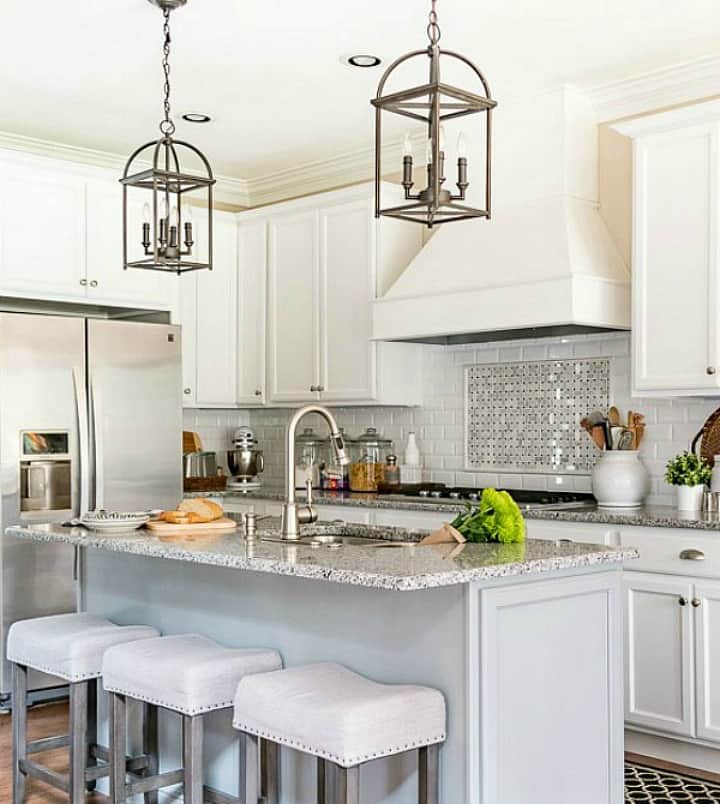
METHOD 3: Prefer to do your planning on a computer? There is a variety of free space planning software available on the web. Just Google, “free space planning software” and you’ll be presented with lots of options.
DECORATING RULE #3: FIND YOUR ROOM’S FOCAL POINT
This goes hand-in-hand with Rule #2. You can’t do a good job of space planning until you’ve determined the focal point of your room.
A focal point can be something as obvious as a fireplace or tv, but it can also be a window, a large piece of furniture, a furniture grouping, an architectural detail – anything that catches your eye as soon as you enter a room.
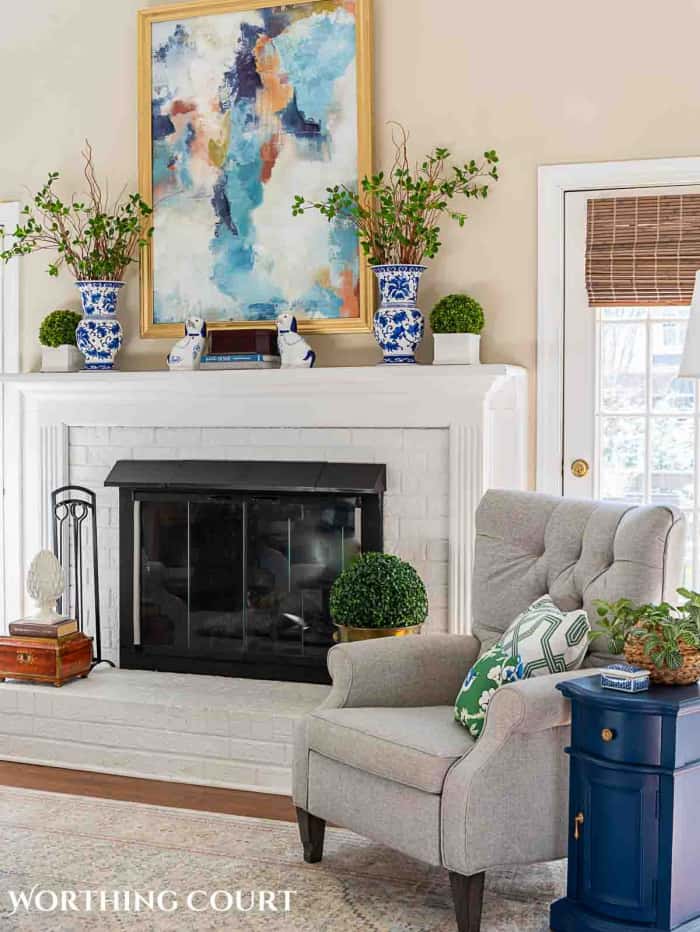
A room can also have multiple focal points, which can be a real challenge. I talked about this at length (with loads of tips!) in a Design Dilemma post that I did a while back. I highly recommend taking these tips into consideration when doing your space planning!
DECORATING RULE #4: CHOOSE YOUR FABRIC AND RUGS FIRST
This rule is especially true if you are painting any part of your room a color. Paint comes in thousands upon thousands of colors. You can even have paint custom mixed to match a single color in your fabric.
The reason that I take this step, before choosing my paint color(s), is that finding paint to go with a particular fabric or rug is a whole lot easier than finding fabric or rugs to go with a particular paint color.
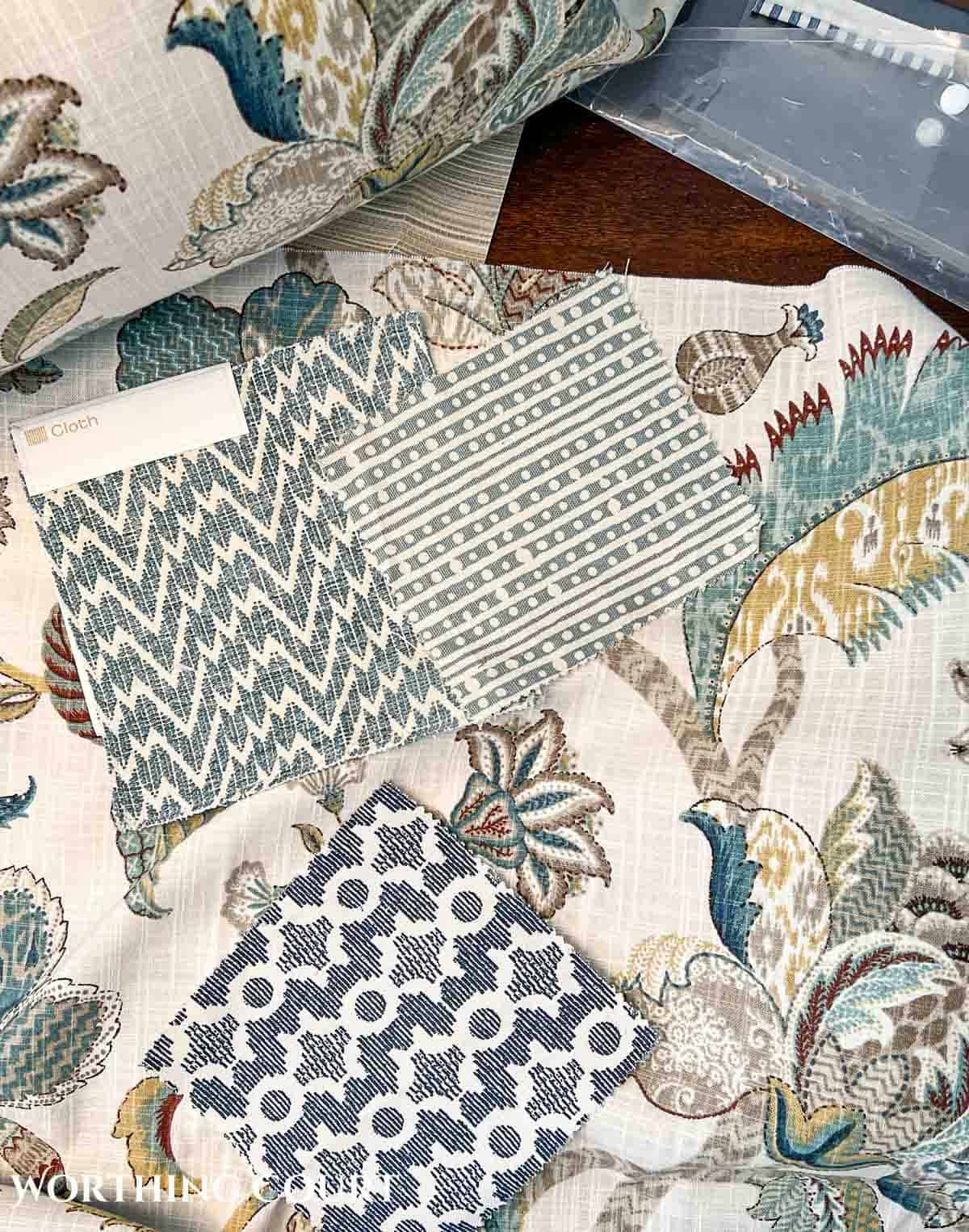
The rule applies to rooms painted with a neutral color as well. Why you ask? Well, every single paint looks different in different lighting situations.
Most neutral paints, including white, have undertones of other colors in it. Ever seen a beige room that looks pink or lavender when the sunlight hits it? Yeah, that’s what I’m talking about.
DECORATING RULE #5: JUST BECAUSE THERE’S AN EMPTY SPOT, YOU DON’T HAVE TO FILL IT
This falls into the category of less is more – but then again, it all depends upon your point of view. Many people prefer a very minimal look, so for them a lot less is more and that’s perfectly fine.

That isn’t me at all though. I enjoy having pretty things in my rooms, but I do strive to strike a balance between too much and just right. If you’re like me and prefer to have lots of pretty things around to look at, just be careful not to go overboard or you’ll wind up with a room filled with so much stuff, your eye won’t know what to look at first.
I’ve always heard that when you’re adding jewelry to your outfit, you should add what you think will look good and then remove one thing. So I guess, the rule of thumb is to edit, edit and then edit some more.
A BONUS RULE
There are no rules. Well…technically speaking, there are decorating rules, also known as 7 principles of interior design, but if I don’t like a rule – I’d don’t follow it. Seriously.
This is my home, not some designer rule setter’s home, and I’m going to do what works for my family and myself, whether it follows the rules or not. My #1 recommendation for you is that you develop the same attitude!
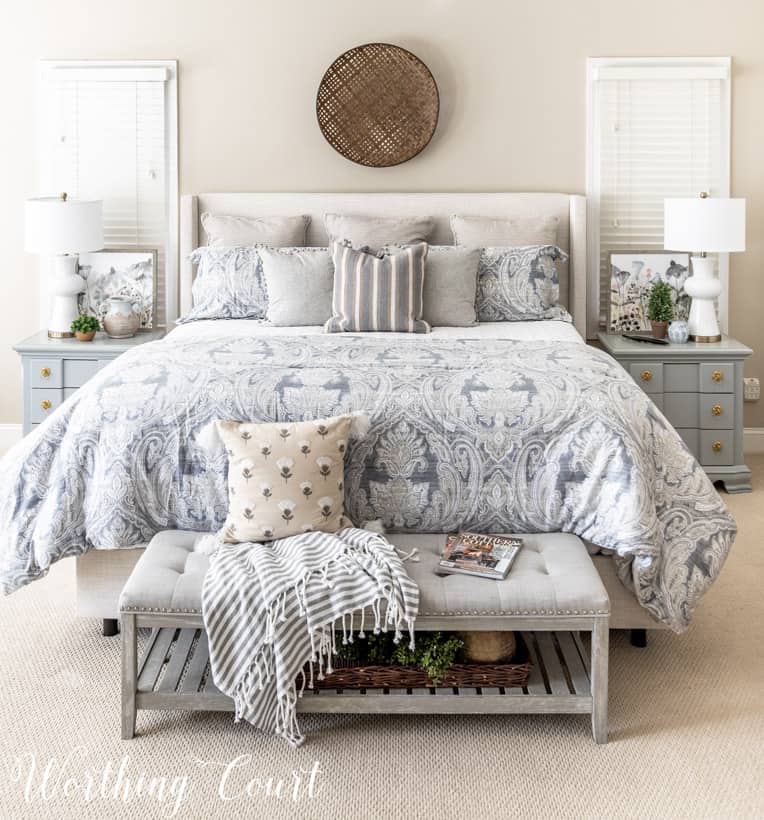
However, with that being said, let me also say that although I’ll break a rule if I don’t like it, I do try to follow certain design principles. No matter what the latest trend may be, these principles have been around for a long, long time and they just plain work.

FAQs

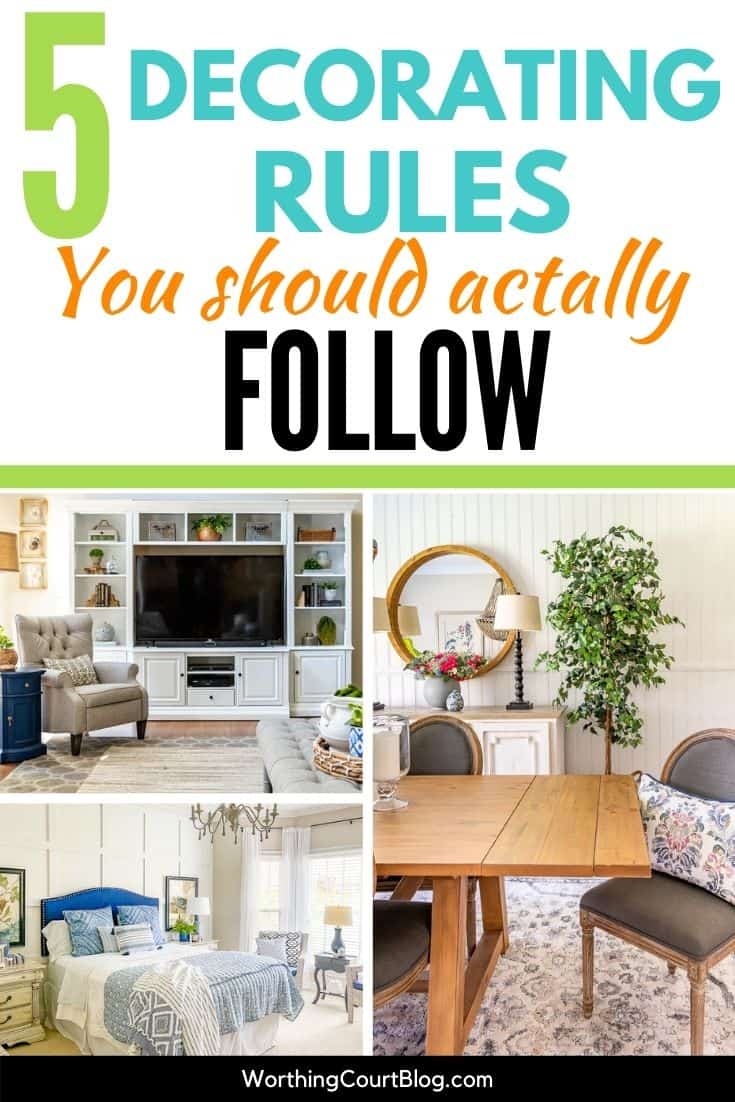
In conclusion – you may not like to think of yourself as a rule follower, but when it comes to decorating your home, you’ll be glad that you at least followed these basics.
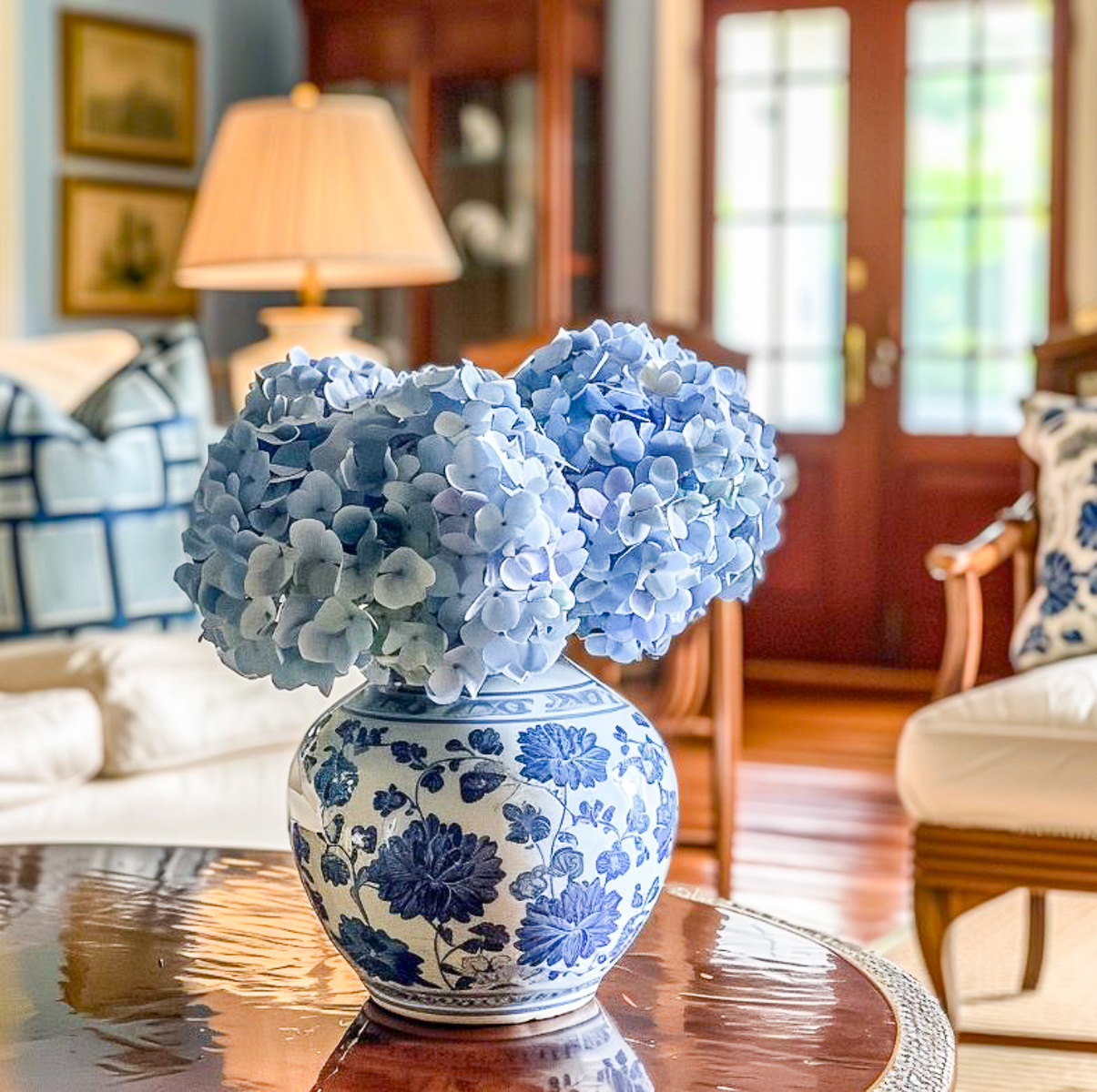
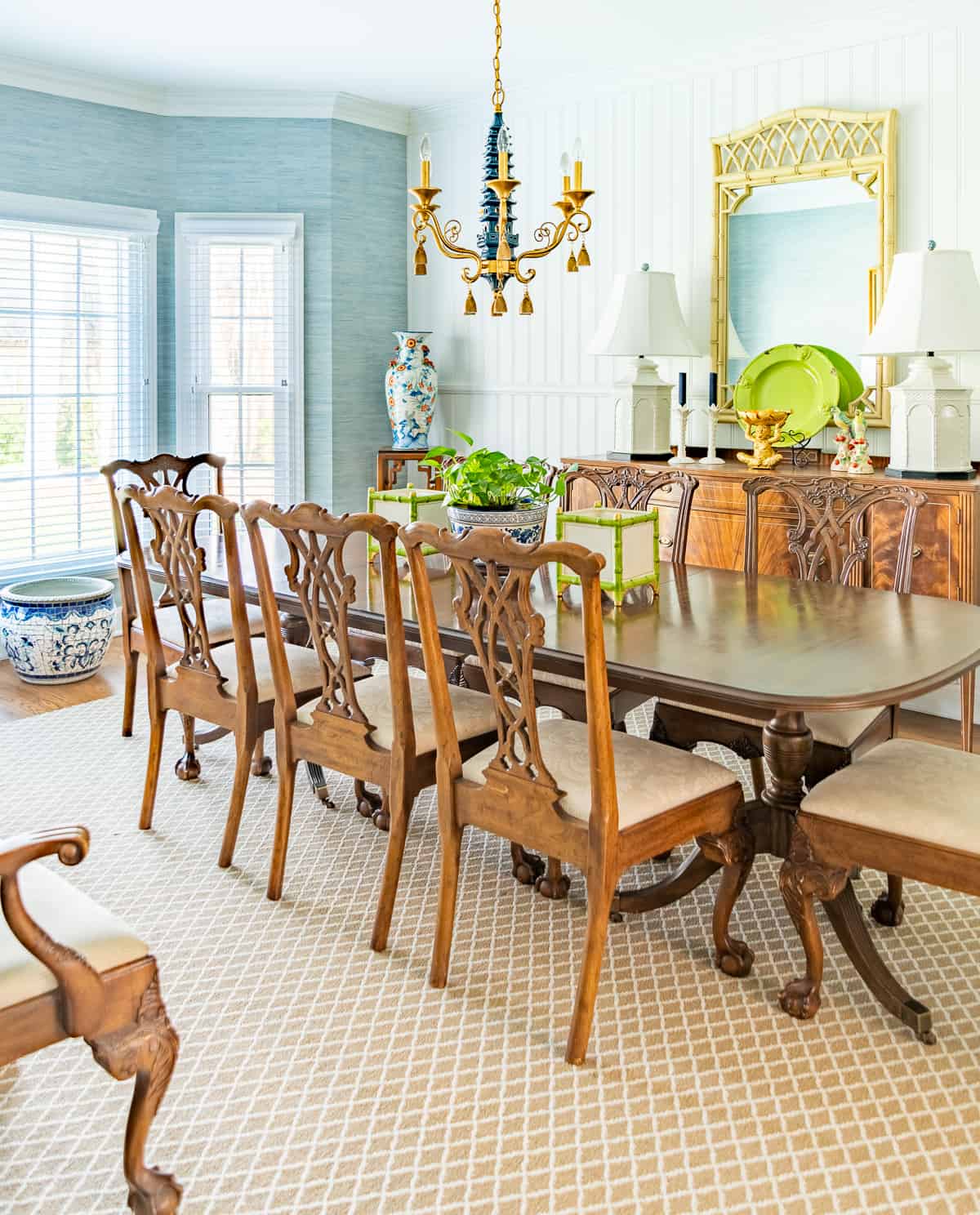
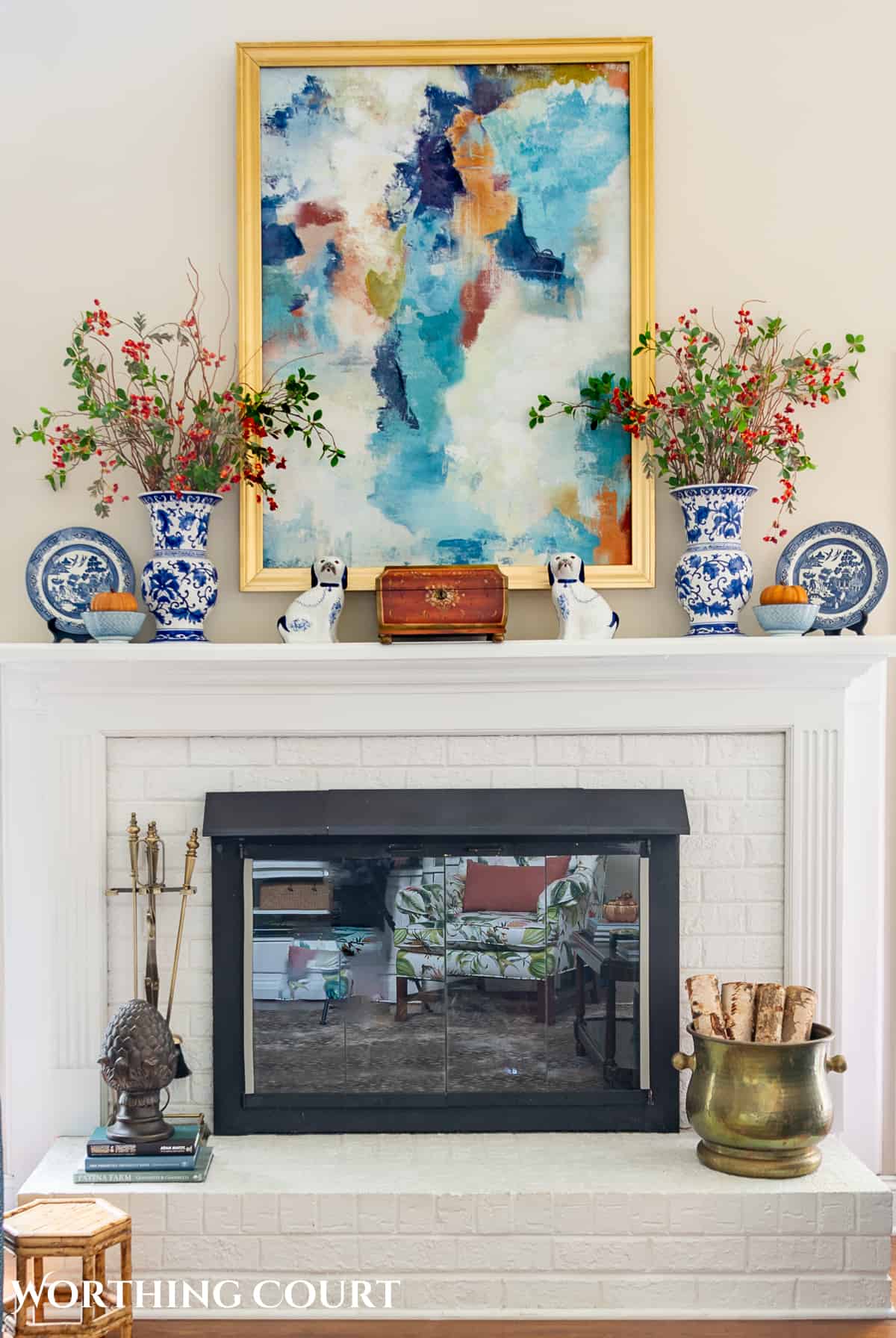
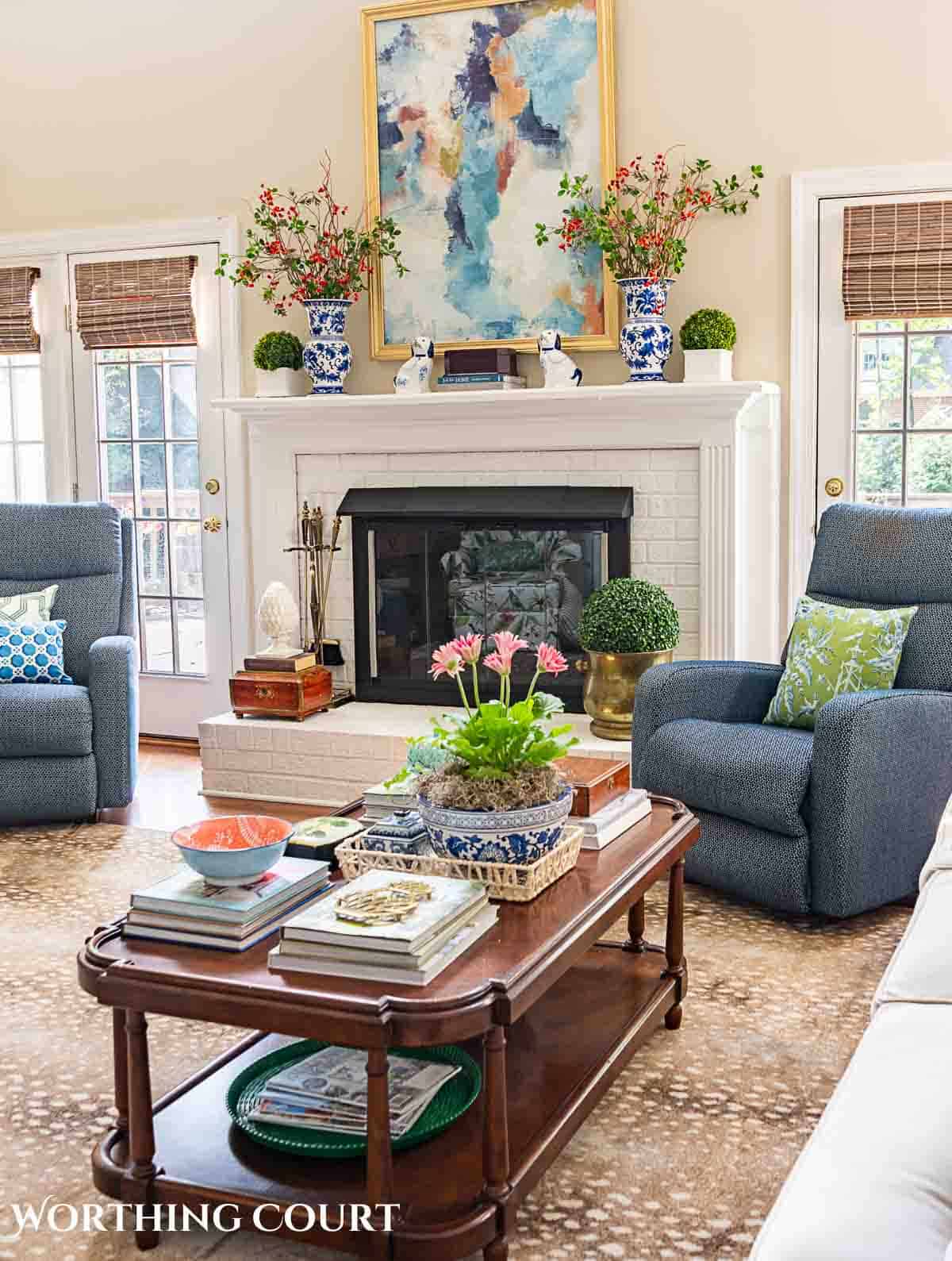

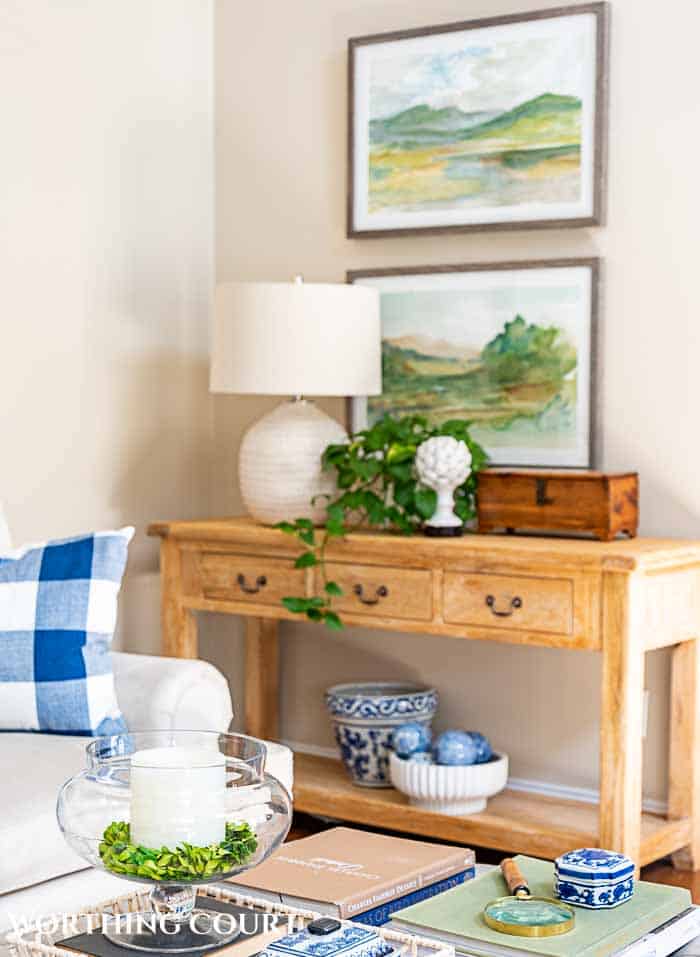
There’s a lot of common sense here…thank you for that. It’s so hard to put together a room, especially when just starting out. It’s taken me basically 45 years to get my home to where I’m content with it. Has my style changed over the years…yes! But it has changed I think, because in the early years I was more concerned with what was in style…what I saw in magazines. Now…it’s simply because of what I love! 😉
Love the gray in your office. What color is it? Also, I can’t get the link working for the download for 100 decorating tips. Great post.
Hi Rebecca. I don’t have a 100 decorating tips download link in this post, so I’m not sure which download you’re referring to. If you’re asking about the gray that was used on my desk, you can get all the details in this post: https://www.worthingcourtblog.com/dining-room-finishing-touches/
Love the way you decorate. Wish I had that talent.
How do you feel about a traditional country kitchen without window valances. I have cream colored pleated shades I like to raise up during the day to get that open feel.
Can you tell me the color of paint on the blue entry dresser in this post. It’s a beautiful blue.
I’m so sorry for the delay in replying! For some reason I didn’t get a comment notification. It looks a little blue in the picture, but the color is actually Sherwin Williams Network Gray.
I love your blue/gray bedspread. Where did you find it?
Thank you
Marianne S.
.
I’m sorry, but this isn’t my bedroom so I can’t tell you what color the paint is.
Good tips! I love the paint finish on that gray/blue chest by the stairs. Did you paint that? If so, what kind of paint? I have a couple of pieces of furniture that I want to paint, and that finish is exactly what I want.
Yes, I painted it. It’s Sherwin Williams Network Gray.